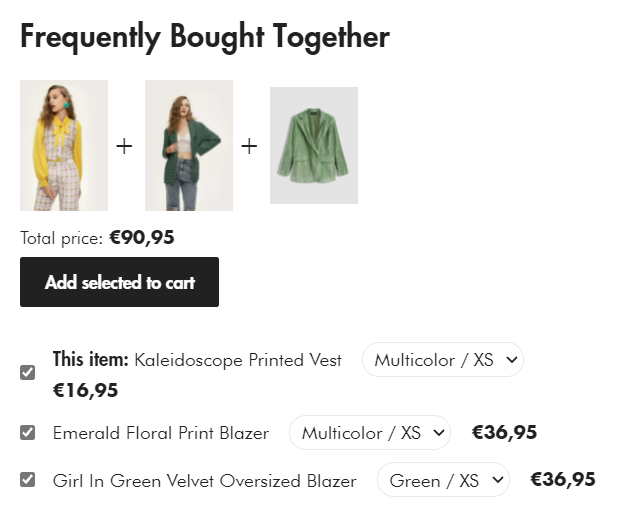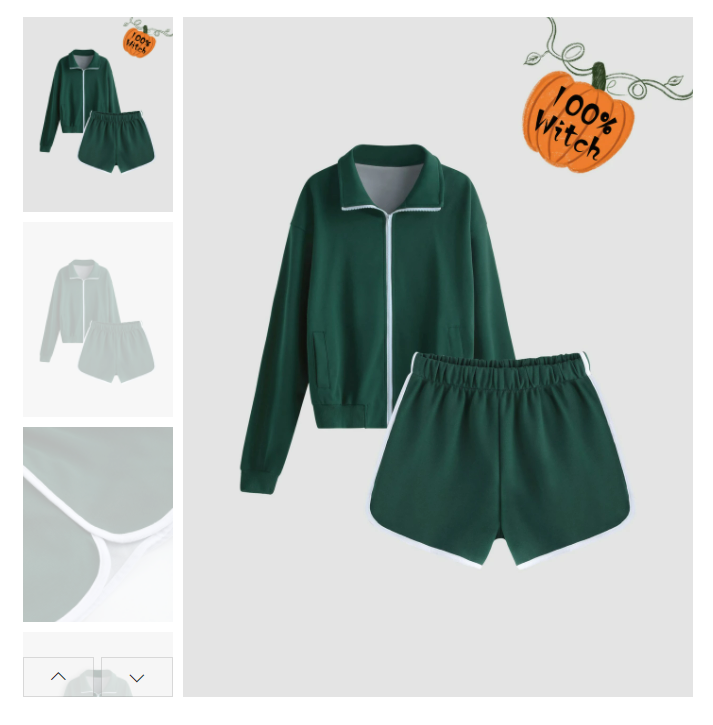Shein, one of the most valuable startups and the fastest-growing e-commerce company in the world, has paved the way to a new way of conceiving fast fashion that has been labeled as “real-time fashion,” thus causing the mushrooming of low-cost cross-border e-commerce platforms attempting to emulate the great success of the Nanjing-based company. So far, Cider’s marketing strategy revealed to be the most promising one: it caught the attention of a fair number of customers and, in September 2021, the online clothing brand completed a 130 million dollars series B financing round led by ST Global, Greenoaks Capital and A16Z, among others. Based in Hong Kong, Cider now ships in over 100 countries, with offices in Guangzhou, Beijing, and Los Angeles.
From Zara to Shein: a new way of conceiving fast fashion
The worldwide fast fashion market was worth 36 billion US dollars in 2019 and it is expected to keep on growing up to 43 billion dollars by 2029. Fast fashion emerged in Europe during the 90s, when Zara made fashion accessible to regular people through its low-priced design clothing, pushing competitors to follow suit. Then, in 2010s, new companies such as Boohoo and Fashion Nova renounced to brick-and-mortar stores and ushered in the direct-to-consumer version of fast fashion.
However, Shein embodied the real revolution by employing a business model which relies heavily on big data, paid advertising, and influencers referrals. Through real-time monitoring of current trends and consumer preferences, along with a re-internalization of the value chain, the Chinese online fashion brand succeeded in cutting the time needed from designing to manufacturing, thereby meeting Gen-Z consumers’ hunger for newness. In July, about 70% of the items on Shein’s website were less than three months old, compared to 53% and 40% of Zara and H&M respectively.
How Cider’s marketing strategy works
Although Cider is attempting to emulate Shein’s success by emulating its business model based on constant adjustments of the items in stock, aggressive pricing and pervasive social marketing strategy, the Hong Kong-based low-cost clothing brand did not just perform a copy-paste, but developed its own original features.
A self-proclaimed “social-first” fashion brand
Similar to Shein, social media plays a major role in Cider’s marketing strategy as well. Indeed, the online fashion brand labels itself as a “social-first” company. However, the Hong Kong-based low-cost clothing brand’s presence on Western social networks is not as pervasive as Shein’s. Cider has official accounts only on Tiktok and Instagram boasting 656 thousand and 1.8 million followers respectively, where it collaborates with mid-tier influencers to enhance brand awareness. In addition, in order to spread a sense of belonging among its fans, Cider created a community called the Cider Gang, vaunting its own Instagram page: by using the hashtag #cidergang, members can share their outfits on the Instashop section of the company website linked to the Gang’s Instagram page. Cider customers can become members of the community by joining the related Discord server.

Promoting newness and uniqueness is the linchpin of Cider’s marketing strategy
Its low prices and a diverse inventory for each category of items is a real paradise for novelty-obsessed Gen-Z consumers: the wide array of fashionable clothing and the constant replacement of goods in stock convert shopping into a gamified experience for young costumers willing to flaunt their hauls in front of their friends. Furthermore, Cider boasts a “Pick a mood” section which allows consumers to do shopping according to how they feel (cute, free, sophisticated, romantic, cool, hot, etc.). Instead, in the “Drops” section, it is possible to find limited edition collections in line with current trends. Regardless from the section/category one is browsing, for each piece of clothing Cider recommends frequently bought together items to help shoppers to complete their outfit.

Surfing current trends through a mix of sustainability, nostalgia marketing and K-pop outfits
Since Cider mainly targets Gen-Z consumers, the fashion brand cannot act blind and deaf before environmental concerns. The company’s strict cooperation with suppliers and its pre-order model allows Cider to keep production under control to reduce waste and achieve a zero-inventory strategy. In such times of economic uncertainty and growing anxiety, people find refuge in the soothing memory of the past. From Netflix to Adidas, many brands utilized nostalgia marketing to boost sales. It is not surprising then that Cider boasts a “Feeling Retro” section and its “Outta the 80s” is the most promoted limited-edition collection on its Instagram page. From BTS to Squid Game, South Korean entertainment industry is conquering the world. Such Korean wave has not gone unnoticed by Cider, which introduced an entire line of K-pop themed items in its “Pick a mood” section and designed a Halloween costume inspired to Squid Game green tracksuit.

The key elements of Cider’s marketing strategy
- By disrupting world’s fast fashion industry with its real-time fashion model, Shein paved the way to an army of e-tailing companies willing to equal its success, and the Hong Kong-based low-cost clothing brand Cider is probably the most promising one.
- Taking the cue from Shein’s approach, Cider based its business model on constant adjustments of the items in stock, aggressive pricing, and pervasive social media presence.
- Social media are key elements in Cider’s marketing strategy, since they represent a valuable tool for enhancing brand awareness, engage with customers and build up a community of kindred people, the Cider Gang.
- The Hong Kong brand’s varied inventory and its wide use of limited-edition collections are meant to satisfy Gen-Z shoppers’ endless appetite for original and exclusive items, allowing them to be always on point at an accessible price.
- In order to meet young customers’ environmental concerns, Cider committed to pursue a low-waste zero-inventory strategy. Moreover, in an attempt to surf on Gen-Z consumers’ nostalgia for the recent past and their hype for of the Korean wave, the company launched retro-flavored and K-pop themed collections.





